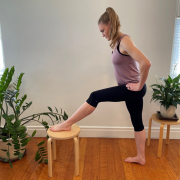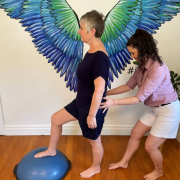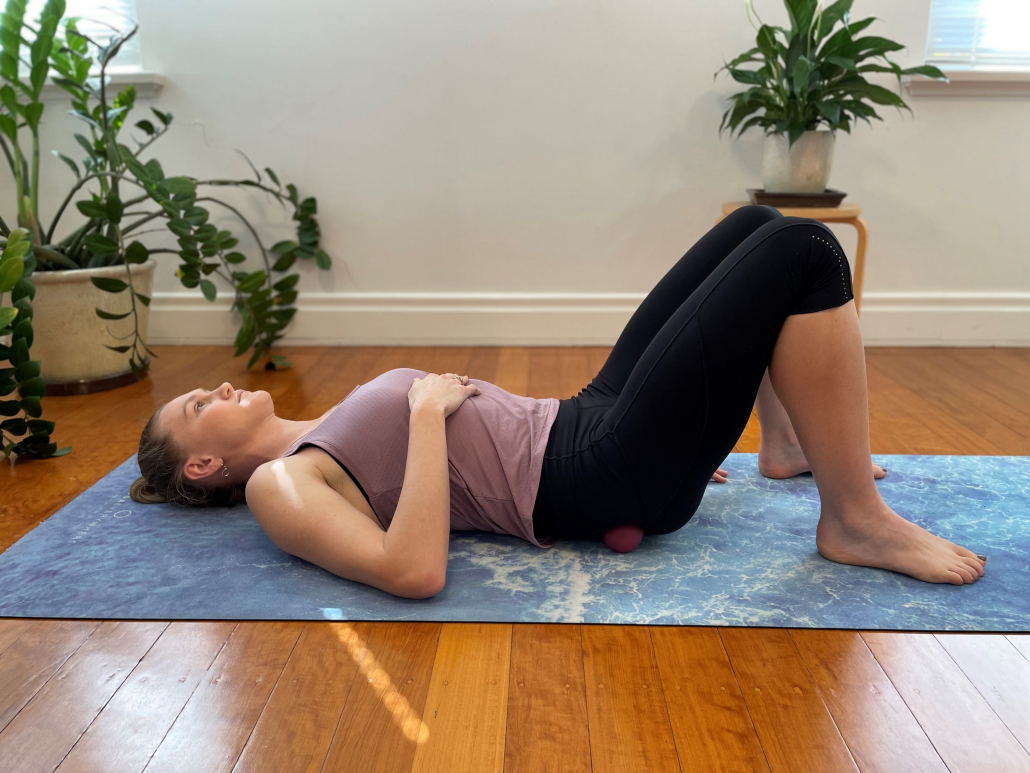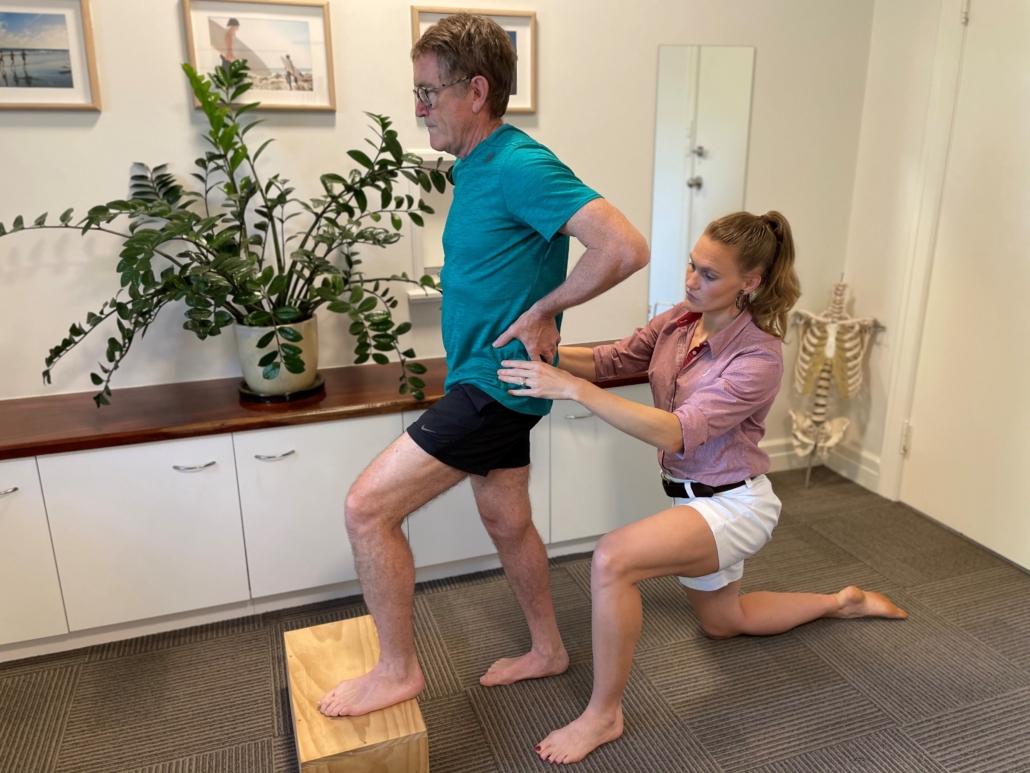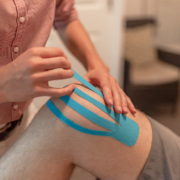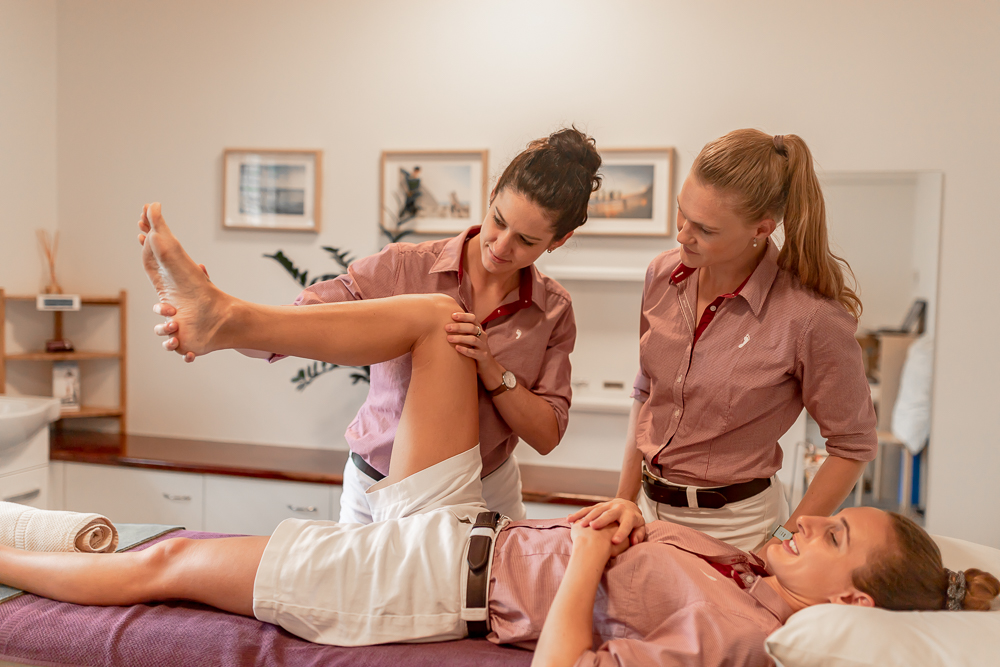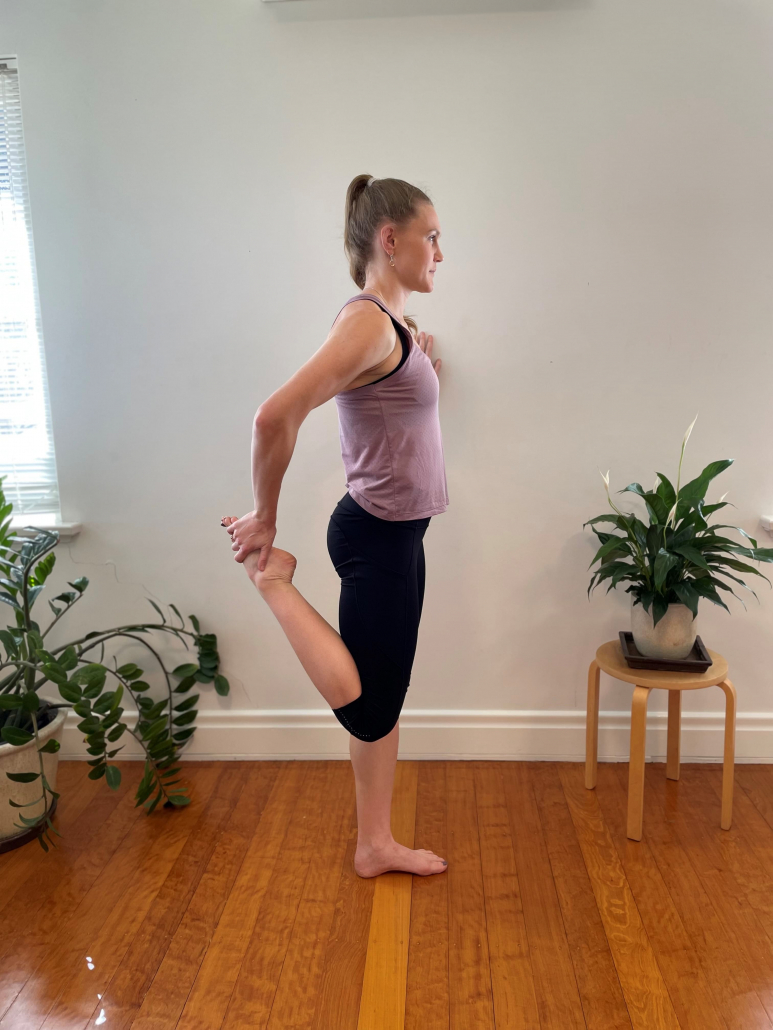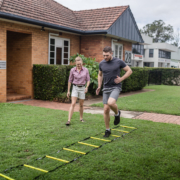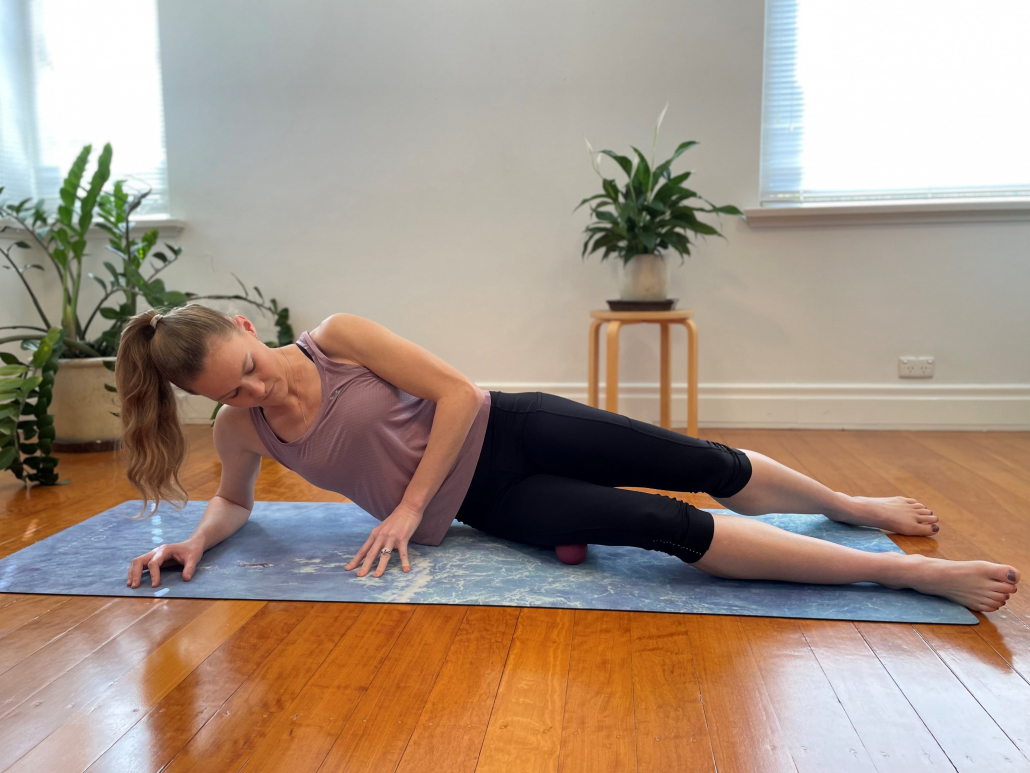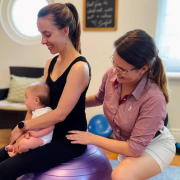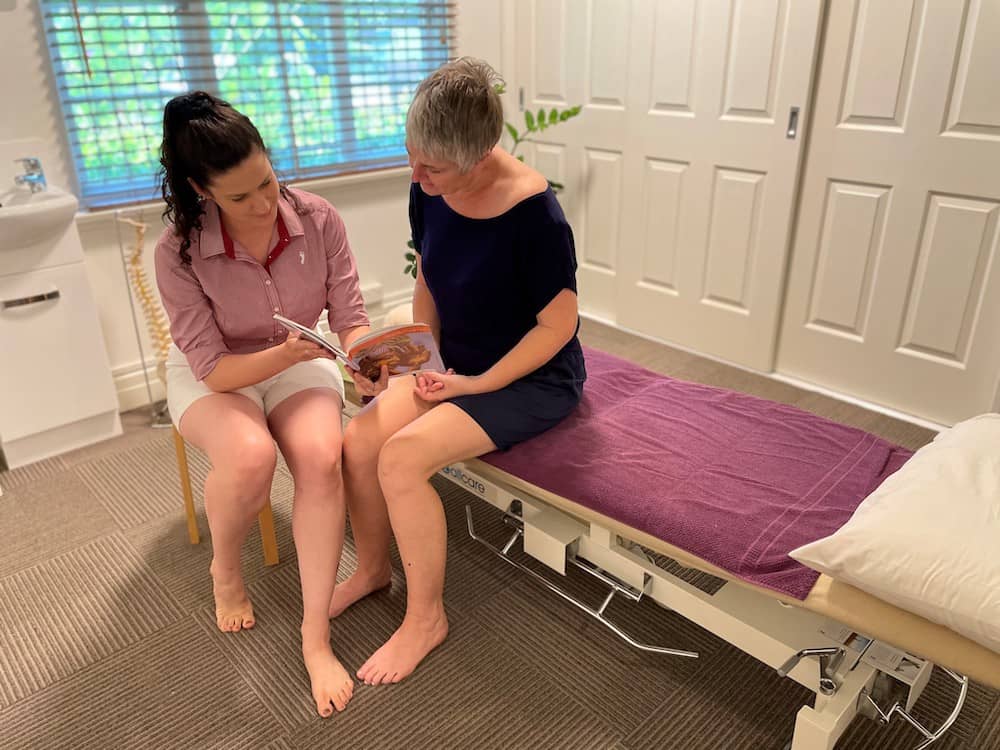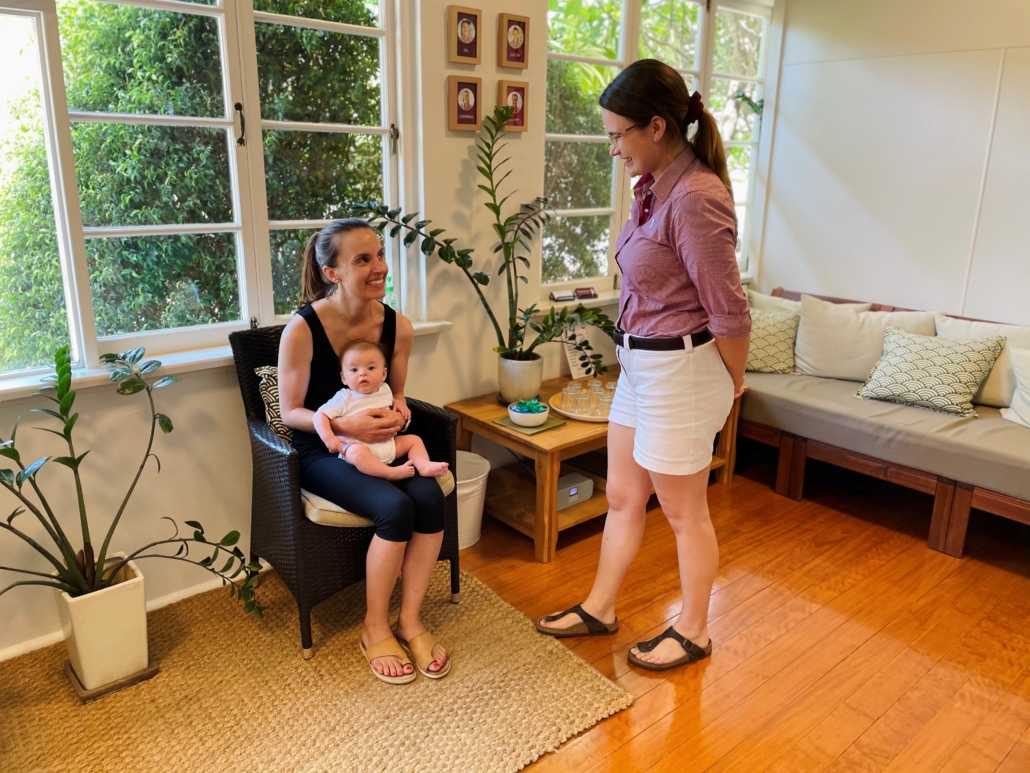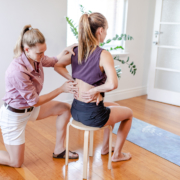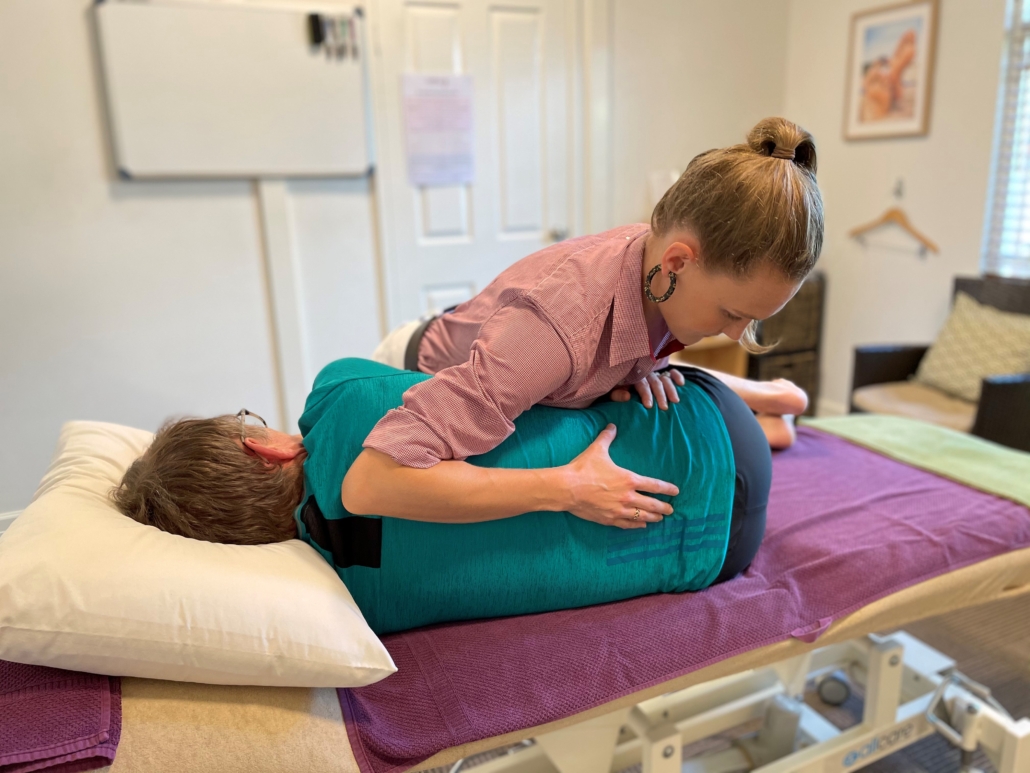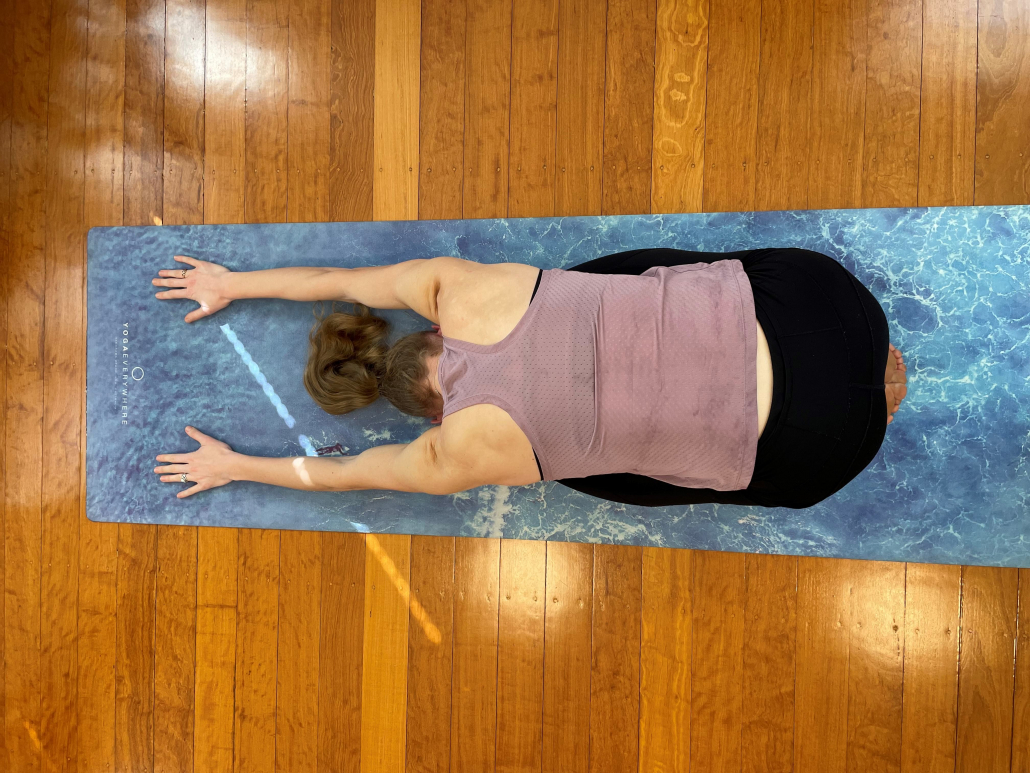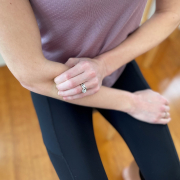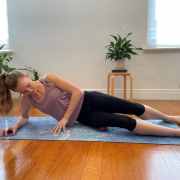How to Treat Hamstring Tendinopathy
Hamstring tendinopathy is becoming an increasingly recognized cause of pain in both sitting and activity related posterior thigh pain. This pain is often present at the top of the hamstring underneath the gluteal fold. This is where the hamstring tendon attaches onto the ischial tuberosity. It is important to know how to treat hamstring tendinopathy as the hamstrings make up the bulk of the muscle in the back of the thigh. They are formed by three muscles and their tendons. The muscles are semimembranosus, semitendinosus, and biceps femoris.
As hamstrings are known as runner’s muscles, hamstring tendinopathy is often diagnosed in clients who are avid runners. Typically, runners who have suddenly increased their training volume, training intensity or have started hill running. However, with the right management of active self-treatment and strengthening exercises you can get back to running pain-free.
At Barefoot Physiotherapy, our treatment includes a combination of hands-on techniques, movement modifications, strengthening exercises and advice and education. This helps clients cure their hamstring tendinopathy and get back to moving and feeling good.
What is Hamstring Tendinopathy?
Let’s break it down further – what is high tendinopathy and how do you heal high Hamstring Tendinopathy? High hamstring tendinopathies are more commonly referred to as a proximal hamstring tendinopathy. This is due to the usual location of symptoms high on the hamstring. People who have developed a proximal hamstring tendinopathy will often complain of a deep, annoying buttock pain. This pain will be present during activities such as running, prolonged sitting/ driving or hill walking/ running.
The role of a muscle’s tendon is to attach the muscle to bone. A normal tendon consists of fibrous tissue which contains type one collagen, the structure is often imagined looking like a rope. There are specific cells in a tendon designed to look after the tendon structure. Tendons are vascularized however there is less blood supply at the part of the tendon which attaches to bone, which is consequently where tendinopathy will occur. Tendons do not like sudden changes to load, and this can cause a tendinopathy.
What are the Causes?
When determining how to treat hamstring tendinopathy, you need to understand the causes of a proximal hamstring tendinopathy. Unlike an acute hamstring tear, the pain typically comes on gradually and is usually aggravated by repetitive activities such as prolonged sitting and running.
As previously mentioned, a tendon doesn’t like sudden variances in load. When the hamstring tendon is put under a high load that exceeds its ability to effectively recover, the tendons structures can change. The changes that occur when a tendon is unhappy involves collagen structures becoming disorganised. Therefore unfavourable alterations occur to the neurovascular and cellular components of the tendon. These changes can therefore result in the pain symptoms at the site of tendon insertion.

Who is most likely to get a high hamstring tendinopathy? The most significant risk factor for hamstring injuries is a history of previous injury to the muscle. Therefore, seeking out physiotherapy treatment for an acute injury can be paramount in preventing further injury. The following is a list of common causes of proximal hamstring tendinopathy: running, jumping, and kicking, history of lower limb injury, lack of flexibility (stiffness in muscles), weakness in muscles, inadequate warm-ups, muscle fatigue, increasing age and muscle imbalances.
How to Treat Hamstring Tendinopathy
At Barefoot Physiotherapy, we utilise the best evidence-based research to know how to treat high hamstring tendinopathy. Your Physiotherapist will ascertain the extent of your injury and formulate a plan for the best steps to start your healing. In most instances, your physiotherapist will suggest a conservative approach to rehab. This will include initial rest, icing of the area, stretching and strengthening of the affected muscles and surrounding muscle groups. In some instances when the pain doesn’t improve with conservative management, further treatment interventions may be required. Your physiotherapists will consult with you and your GP if they believe alternative treatments such as corticosteroid injections may be beneficial.
Treating Proximal Hamstring Tendinopathy
Your Barefoot Physiotherapist will be highly skilled in knowing how to treat a hamstring tendinopathy. They will prescribe a management plan which may include some of the following exercises.
Initial phase:
The initial phase of rehab will include relative rest or a reduction in training volume. Your physiotherapist will help you understand your individual aggravating factors for the tendon and work with you to build solutions. This might include regular breaks from sitting, avoiding hill walking, using a cushion to sit on and tendon relieving exercises. Some of these exercises include isometric hamstring contractions i.e., digging your heel into ground while you are sitting.
Loading phase:
The next step in your rehab will be to gradually reload the tendon. In knowing how to treat a proximal tendinopathy, specific stretching and strengthening exercises are a must. Muscles which may be strengthened include the hamstring group, glute muscles and abdominal muscles.
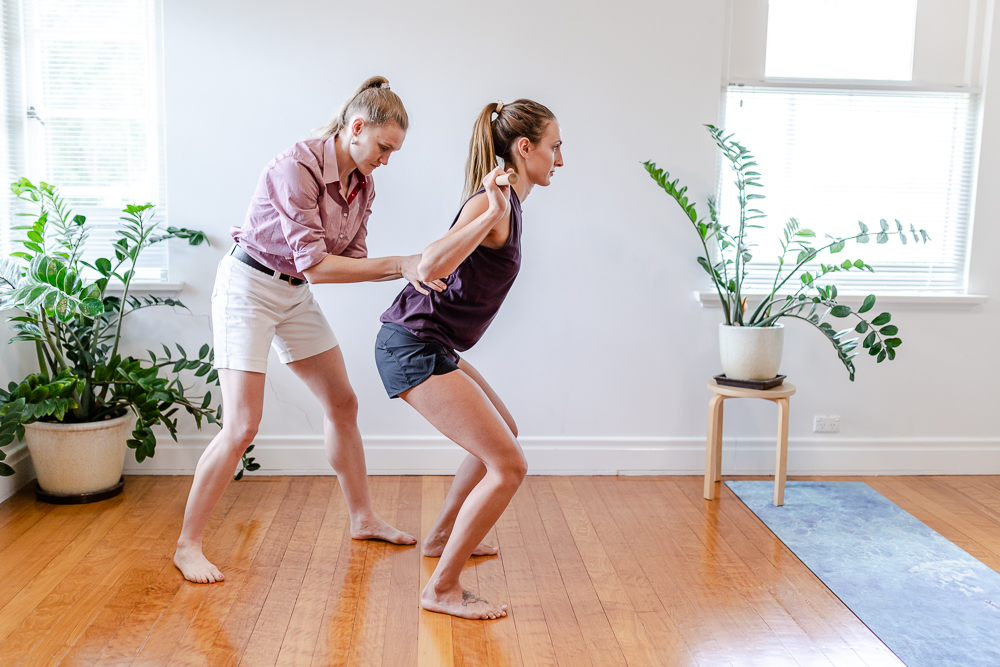
1. Squats:
Squat exercises are functional and a great way to start rebuilding appropriate strength throughout the whole lower body to ensure the surrounding muscles of the hamstrings are strong. When performing a squat, your physiotherapist will assess your form to ensure your back is not over-active, glutes are engaged, and you have the appropriate hip range to complete the movement. Reps and sets will be determined based on your ability to load your body and how many you can complete before fatigue. Typically, you will want toes facing slightly out, feet about shoulder width apart and the ability to maintain a neutral back throughout the movement.
2. Romanian dead lift:
Your physiotherapist will instruct you to activate your deep abdominals, create a slight bend in the knees and hinge at the hip. You should feel a tension building in the hamstrings and glutes. Focus on pushing hips backwards like you are going to sit down and then standing back up straight without over-extending into the back. Reps and sets will be determined based on your ability to load your body and how many you can complete before fatigue.
3. Hamstring Bridge:
A hamstring bridge is an excellent targeted exercise to the hamstring muscle group. Your physiotherapist will instruct you to lie on the ground with your heels on the bed and feet flexed back towards you. You will then tuck your pelvis and push heels into the bed and create a lift. Your hamstrings should be firing the most and some glutes. If there is any discomfort in your back let your physiotherapist know and stop the exercise. Reps and sets will be determined based on your ability to load your body and how many you can complete before fatigue.
The exercises listed above show how to treat a high hamstring tendinopathy. These are three key strengthening exercises that are commonly used by our physiotherapists. Your physiotherapist will work with you to tailor a specific program to your exercise ability and stage of rehab.
Treat Hamstring Tendinopathy with Barefoot Physiotherapy
The aim of this article was to help you understand how to heal high hamstring tendinopathy and how Barefoot Physiotherapy can assist you in this process. If you or anyone you know is suffering from deep buttock pain, pain with prolonged sitting, or running/hill walking, it could be a hamstring tendinopathy and one of our friendly Barefoot Physiotherapists can help.
Your Barefoot Physiotherapist will work with you to construct a treatment plan which best suits you and your lifestyle so you can get back to enjoying the activities you love pain free. You can give us a call on 1300 842 850 or book into our Brisbane clinic online.

